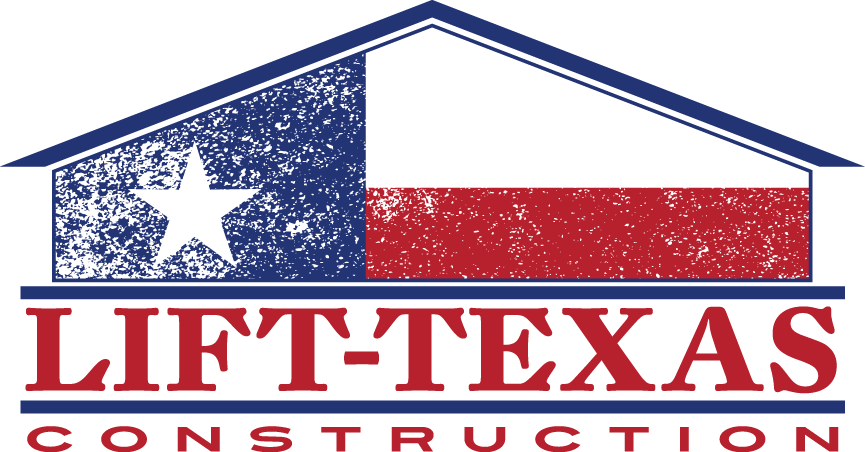When summer hits DFW, the sweltering heat doesn’t just affect people; it also takes its toll on concrete surfaces. As temperatures rise, you might notice your driveway or patio looking a bit different. The scorching sun has a unique way of impacting concrete, leading to changes that aren’t always visible to the untrained eye. Often, by the time you see noticeable shifts, the damage requires immediate attention. While it may seem like something only professionals should worry about, understanding these changes can save you time, money, and future headaches.
Concrete expansion due to heat is something homeowners can easily overlook until it becomes a problem. Unlike other materials, concrete has its own way of reacting to temperature shifts. During the peak of summer in DFW, knowing how to manage these issues can help prevent long-term damage. So, as you sip lemonade in your backyard or head out for a grocery run, let’s explore how summer days can secretly reshape the surfaces around your home.
Understanding Concrete Expansion
Concrete, often considered a staple in construction, behaves uniquely when exposed to heat. When temperatures rise, concrete expands. This process, known as thermal expansion, can cause significant stress on structures if not properly managed. As the heat creeps into each crack and crevice, the material swells, potentially leading to structural shifts.
During the summer months in DFW, the heat can cause the concrete in driveways and patios to expand irregularly. If these sections push against each other without room to settle, you might notice cracks or uneven slabs. It’s similar to when a packed suitcase begins to strain against its seams, eventually giving way if not addressed.
To bring a bit of clarity, picturing this can be helpful: Think of a car sitting in the open sun, its metal frame slowly warming up. As the car heats, its components adjust, sometimes leading to little popping noises, which is its way of settling. While concrete doesn’t make a sound, the analogy shows how heat causes materials to expand. Keeping an eye on these changes can aid in catching issues early, preventing those driveway cracks from sneaking up on you.
Signs of Concrete Expansion Issues
Recognizing the warning signs of expanding concrete can prevent further damage to your driveway or patio. One clear indicator is the appearance of small cracks running across the surface. These fissures often widen over time as the concrete continues to expand and contract with heat. Don’t just pass them by—they’re trying to tell you something.
Another thing to watch for is uneven surfaces. If you notice any part of your walkway or driveway suddenly feels like it’s on a slight slope or has ridges, expansion could be the culprit. This unevenness can even create tripping hazards, so keeping an eye on these signs protects not only your property but also your safety.
Look out for spaces or gaps between slabs too. As concrete expands, it pushes against neighboring slabs. Without enough room to move, these slabs apply pressure on each other, leading to visible gaps and potential misalignment. These details might seem minor initially, but they signal that your concrete is starting to struggle against the heat.
Preventive Measures in Summer
Tackling these expansion issues before they escalate makes summer maintenance easier. Here are a few straightforward tips to help manage the effects of the heat:
- Sealing the Concrete: Applying a good sealant acts like sunscreen for your concrete, protecting it from moisture loss and excessive heat. It helps lock in moisture, reducing the risk of cracks.
- Providing Shade: Whenever possible, provide shade using umbrellas, canopies, or even planting trees strategically. These additions keep the concrete cool and lessen the strain from direct heat.
- Maintaining Moisture: Keep the surface damp by spraying it lightly with water during extreme heat spells. This helps balance moisture levels, preventing the concrete from drying out too quickly.
These simple actions can keep your concrete stable and looking good throughout summer. Regular checks and maintenance take a proactive approach to dealing with the high temperatures that DFW is known for, extending the life of these surfaces.
Why Choose Lift-Texas Construction for Concrete Leveling
Addressing concrete expansion issues promptly is crucial to maintaining your property’s value and safety. Professional expertise unfolds solutions that ensure concrete surfaces are restored and ready to withstand the local climate. Tackling these problems early with the right help can save you time and prevent larger repairs down the line.
Problems such as unlevel driveways or patios are signs that shouldn’t linger. Specialists provide an in-depth evaluation and offer tailored solutions, effectively dealing with both the current and potential future issues. The right intervention not only fixes existing problems but fortifies the concrete against future expansion and contraction cycles.
Keeping Your Concrete in Top Shape During Summer
Wrapping up, keeping your concrete well-maintained during the summer shouldn’t feel overwhelming. Recognizing signs like cracks and uneven surfaces allows you to catch expansion issues early, preventing bigger problems. With some practical preventive measures such as applying a sealant, offering shade, and maintaining moisture, you’ll keep your concrete looking and performing its best.
Prompt action is key. Addressing these issues as soon as they’re spotted ensures your concrete surfaces stay intact and serve their purpose for years to come. With the right care, navigating the challenges of summer heat becomes manageable, giving you more time to enjoy the season worry-free.
If you’re seeing signs of concrete distress and want to ensure your driveway withstands the intense summer heat, consider addressing any issues sooner rather than later. Lift-Texas Construction specializes in solutions designed to maintain the integrity of your concrete surfaces over time. Learn how to level the concrete driveway with expert techniques that provide lasting stability and durability.

